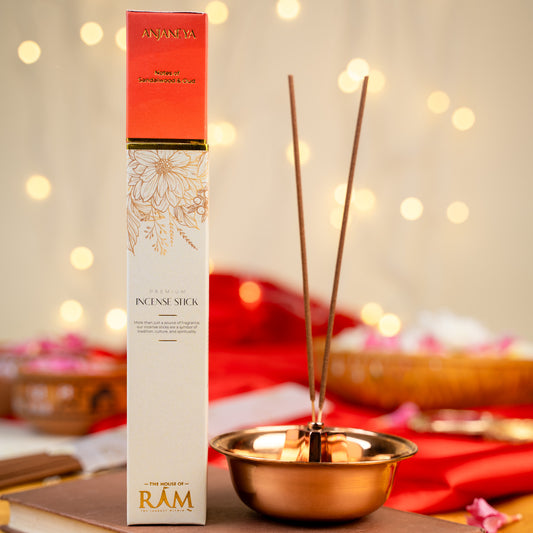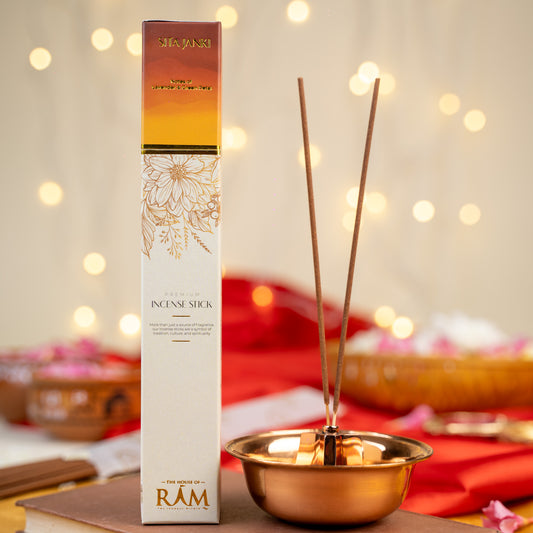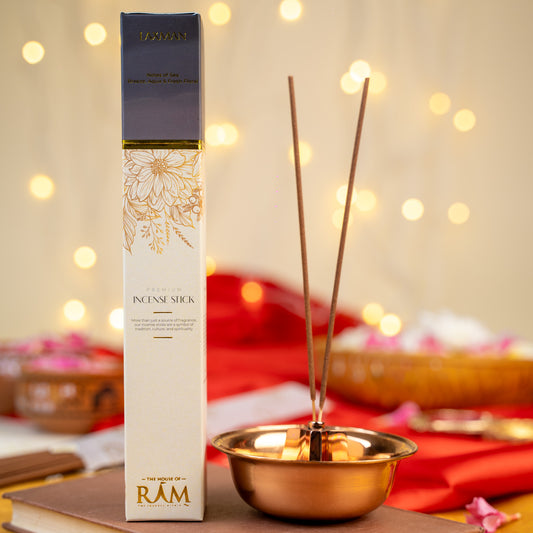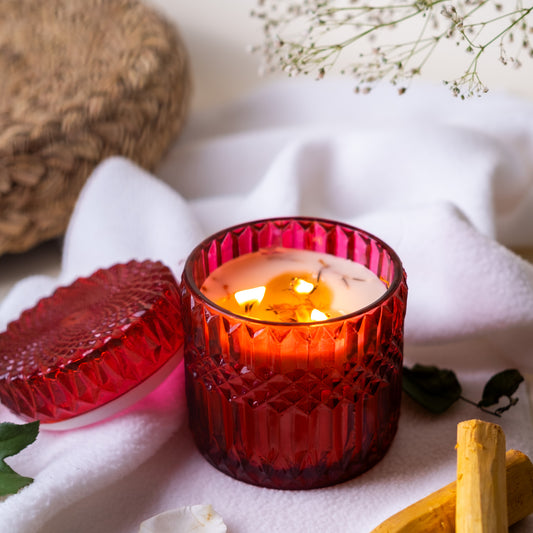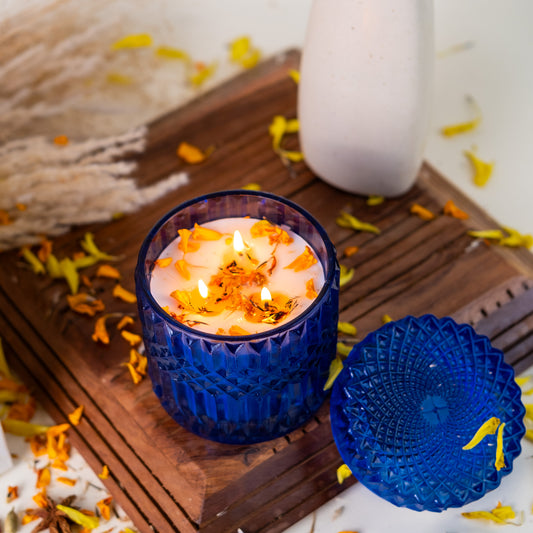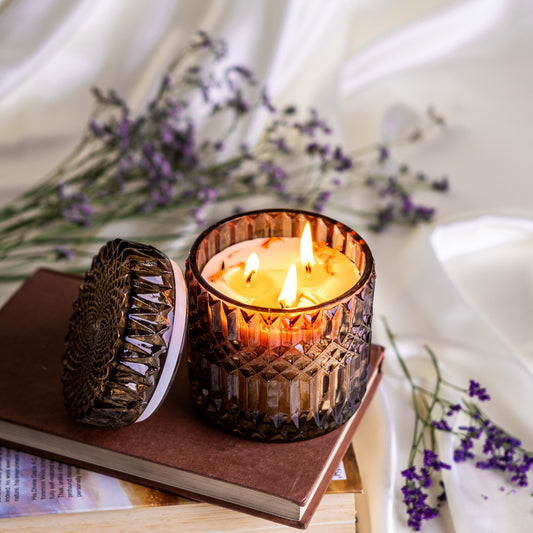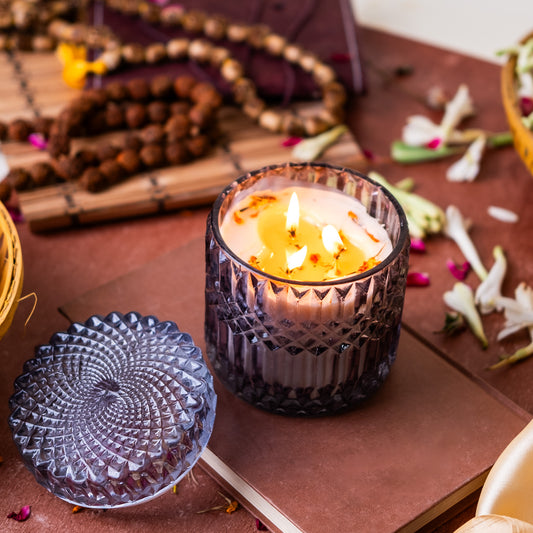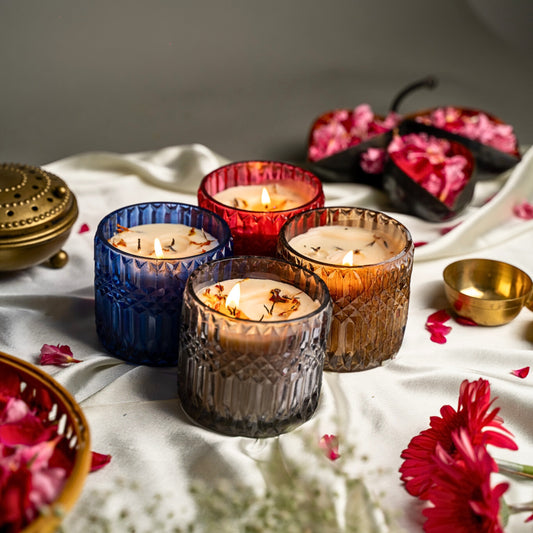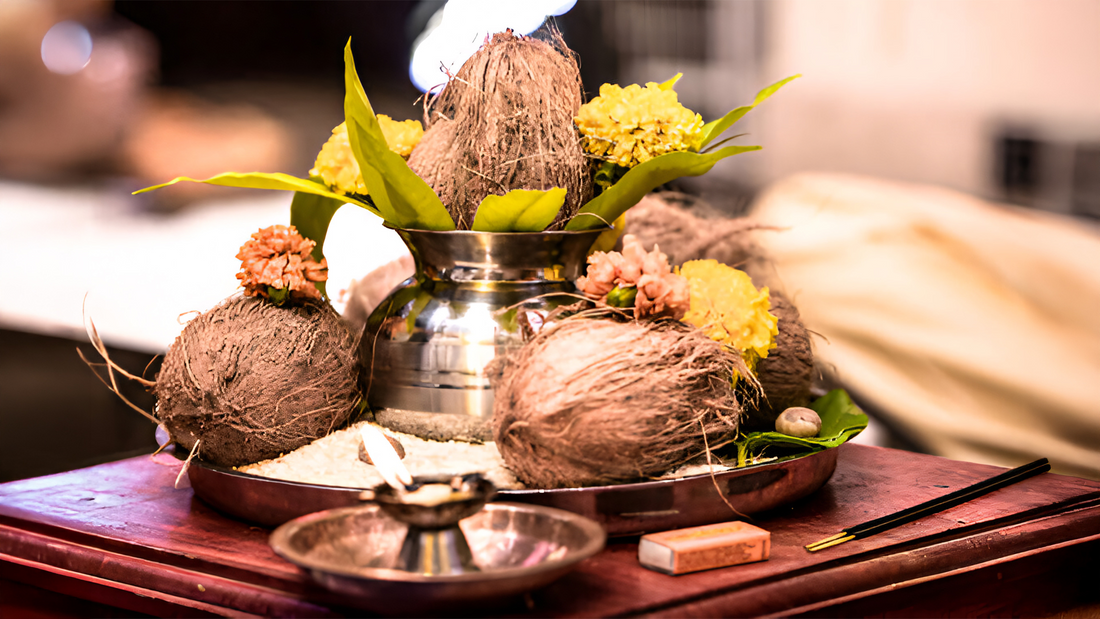In Hinduism, rituals and ceremonies are deeply intertwined with symbolism and tradition. Among the many sacred objects that hold significance in these rituals, the Kalash stands as a powerful emblem of divinity, prosperity, and purity. Often seen at the heart of ceremonies, the Kalash—a pot typically filled with water and adorned with mango leaves and a coconut—is not merely an object but a vessel of spiritual energy and cultural heritage.
How is the Kalash a Vessel of Spiritual Energy?
The Kalash, or Purna-Kalash, is a sacred metal or clay pot used in various Hindu rituals. It is usually made of brass, copper, or silver, symbolizing durability and purity. The pot is filled with water, representing life and fertility, and is often topped with fresh mango leaves and a coconut, to signify prosperity and the divine presence. The pot is sometimes decorated with red and yellow threads, as well as rice, turmeric, or other auspicious materials.
Symbolism Behind the Kalash
The Kalash’s design and preparation vary slightly across regions and ceremonies, but its core significance remains universal. The Kalash holds profound symbolic meanings:
Abundance and Prosperity:
The water inside the Kalash symbolizes the elixir of life, essential for survival and growth. The pot itself represents the material world and abundance, acting as a beacon for wealth and well-being.
Cosmic Energy:
The mango leaves and coconut atop the Kalash signify the presence of the gods. The leaves represent the five elements—earth, water, fire, air, and ether—while the coconut embodies selflessness and sacrifice, reminding devotees of their connection to the divine.
Purity and Divinity:
The act of purifying the Kalash with sacred water, turmeric, and other offerings sanctifies it as a vessel for divine energy. Its presence invokes spiritual harmony and protects against negative energies.
The Kalash in Hindu Rituals
The Kalash is an integral part of many Hindu ceremonies, each emphasizing its spiritual significance:
Housewarming (Griha Pravesh):
During the ceremony, the Kalash is placed at the entrance or central area to invite divine blessings and positive energy.
Weddings:
In Hindu weddings, the Kalash symbolizes the union of two families and the blessings of prosperity and fertility for the couple.
Puja and Festivals:
The Kalash serves as a representation of the deity being worshipped. During Navratri, a Kalash is established to invoke the goddess Durga, while during Diwali, it is used to welcome Lakshmi, the goddess of wealth.
Vastu Shanti:
In rituals to cleanse and harmonize a space, the Kalash is used to invoke the presence of cosmic energies.
Yagnas and Homas:
The Kalash is placed near the sacred fire, representing the containment of spiritual energy and the offering of gratitude to the divine.
The Kalash: Timeless Tradition
The Kalash is a timeless symbol in Hindu ceremonies that embodies spirituality and is the connection between humans, nature, and the divine. Beyond its role as a ceremonial object, it reflects cultural heritage, cosmic harmony, and the pursuit of blessings, purity, and prosperity, underscoring its enduring significance in preserving ancient traditions.

